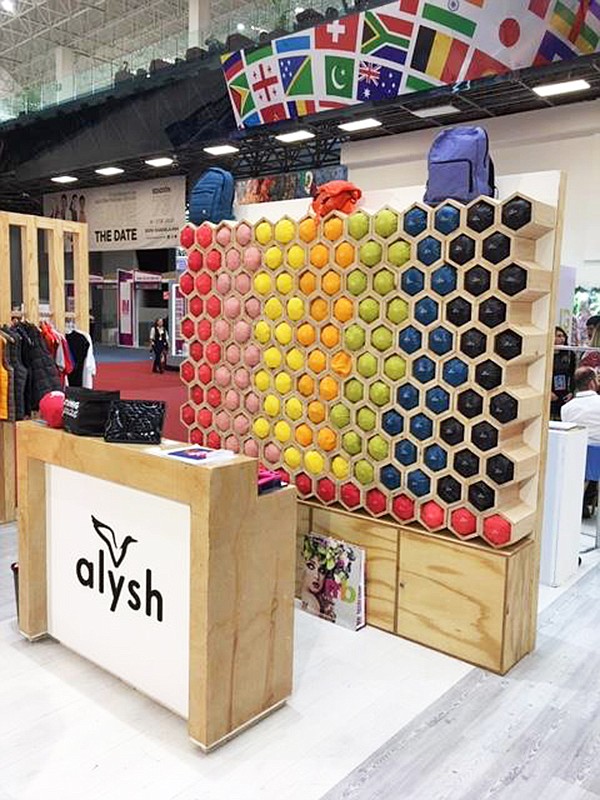TRADE SHOWS
Mexico’s Intermoda Expands International Offer
During the 72nd edition of Guadalajara, Mexico’s textile-and-apparel sourcing event Intermoda—dubbed “Intermoda Fashion and Business”—visitors found clothing, accessories, footwear and, in the women’s aisle, a broad assortment of dresses, from wedding to quinceañera collections.
“One of the things about Intermoda is that you can find everything now—and I mean everything,” said Jaime Barba, president and part owner of the biannual Mexico apparel-industry sourcing fair.
He said the event, billed as Mexico’s largest of its kind, has grown 50 percent over the past 10 years, with its global-sourcing wing now drawing more than 100 buyers from the United States and nearly 50 from California.
“We have grown to 1,520 stands and 1,000 brands,” Barba said during the four-day event’s Jan. 14–17 edition in Mexico’s fashion capital.
Barba said California firms—highlighting jeans-wear label Ranger as one scouting for denim shirts and Little Kids Wear as searching for finished apparel or full-package suppliers—account for the largest buyer delegations visiting the fair, which also boasts showrooms, a new-designers wing and several runway shows.
There was also a strong lingerie presence, dominated by big stands from Colombia’s Leonisa and Ann Chery. California visitors often come searching for childrenswear, denim, women’s sportswear and specialized imported fabrics. A growing Asian pavilion saw Thailand added to the fold.
Barba said that U.S. buyers, who also came from Texas, Arizona and Illinois, ordered roughly $1.3 million in product. Meanwhile, he estimated international sourcing contracts for the whole fair totaled $45 million.
Intermoda comes as Mexico hopes to recover textile and apparel exports to the U.S., which fell 6.4 percent between 2017 and 2018 to hover around $4 billion as NAFTA’s 2.0 rewrite and presidential elections hurt trade.
Top industry lobby Canaive Yucatán director Fernando Muñoz forecasted exports could jump 3 percent this year as long as U.S. demand remains relatively firm.
Yucatán is working to diversify its fashion offerings, most notably with the recent purchase of a digital-printing machine to make larger amounts of pricier linen and cotton apparel, Muñoz added. This includes guayaberas, or Cuban-style summer dress shirts that local brands such as Hábito and G.Candila sell to markets in California and Florida, which Muñoz claimed buy 60 percent of all U.S.-bound Mexican garments.
“We make 100,000 guayaberas monthly, of which 5,000 are exported,” said Muñoz. “We hope to begin exporting at least 5 percent more every year.”
That may be easier said than done, said Emilio Penhos, owner of the outerwear brand Shyla, who said that Mexican trademarks face tough challenges planting a flag in the U.S.
“There are many practical and marketing know-how barriers,” he said. “It’s very difficult to be recognized in a highly competitive market unless you have a local structure and good partnerships.”
Additionally, Penhos mentioned that greater marketing efforts would benefit the Mexican apparel market.
“Mexican brands have to do a better job at marketing themselves. Everyone knows Corona beer, for example, but hardly anyone knows Mexican fashion.”






















